- From Idea to Immersion
- Step 1: Conceptualize Your VR Game
- Step 2: Choose the Right VR Platform
- Step 3: Learn the Tools
- Step 4: Design for VR Immersion
- Step 5: Develop Prototypes
- Step 6: Build the VR World
- Step 7: Implement VR Interaction
- Step 8: Test and Iterate
- Step 9: Optimize for Performance
- Step 10: Polish and Add Details
- Step 11: Beta Testing and Feedback
- Step 12: Prepare for Launch
- Step 13: Release and Post-Launch Support
- Step 14: Gather Analytics and Feedback
From Idea to Immersion
Virtual Reality (VR) gaming has taken the world by storm, offering immersive experiences that transport players to entirely new worlds. As the demand for VR games continues to grow, game developers are faced with the exciting challenge of creating captivating and engaging VR experiences. In this step-by-step development guide, we will walk you through the process of designing VR games, from concept to release. Whether you’re a seasoned game developer or just starting, this guide will help you navigate the intricacies of VR game development.
Step 1: Conceptualize Your VR Game
Before diving into development, having a clear vision of your VR game is crucial. Start by answering these questions:
- What is the core gameplay mechanic?
- What is the game’s story or narrative?
- What is the target audience?
- What makes your game unique in the VR space?

Once you have a solid concept, create a detailed design document outlining the game’s mechanics, levels, characters, and other relevant details.
Step 2: Choose the Right VR Platform
Selecting the appropriate VR platform is essential, as each platform has its hardware capabilities and requirements. The most popular VR platforms include Oculus Rift, HTC Vive, PlayStation VR, and more. Consider your target audience and the capabilities of each platform before making a decision.
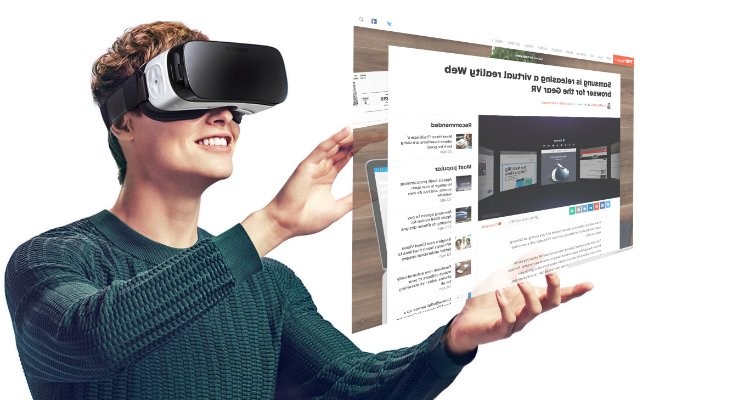
Step 3: Learn the Tools
To develop VR games, you’ll need to become familiar with the necessary tools and software. Some of the most commonly used tools for VR game development include:

- Unity3D or Unreal Engine: These game engines offer VR support and are widely used in the industry.
- VR SDKs (Software Development Kits): These SDKs provide APIs and tools specific to each VR platform.
- 3D modeling and animation software: Tools like Blender or Maya are essential for creating 3D assets.
- Audio editing software: High-quality audio is crucial for an immersive experience, so tools like Audacity or Adobe Audition are handy.
- VR hardware: Acquire the necessary VR headsets and controllers for testing and development.
Step 4: Design for VR Immersion
Designing for VR is different from traditional game design. You must focus on creating an immersive experience that takes full advantage of VR technology. Consider the following VR-specific design principles:

- Spatial audio: Use 3D audio to create a realistic soundscape.
- Comfort and motion: Minimize motion sickness by designing comfortable movement mechanics.
- UI and interaction: Create intuitive interfaces that work seamlessly in VR.
- Scale and depth: Utilize VR to convey a sense of scale and depth in your virtual world.
Step 5: Develop Prototypes
Before committing to a full-scale development, create prototypes to test your game’s mechanics and concepts. Prototyping allows you to identify and address potential issues early in development.
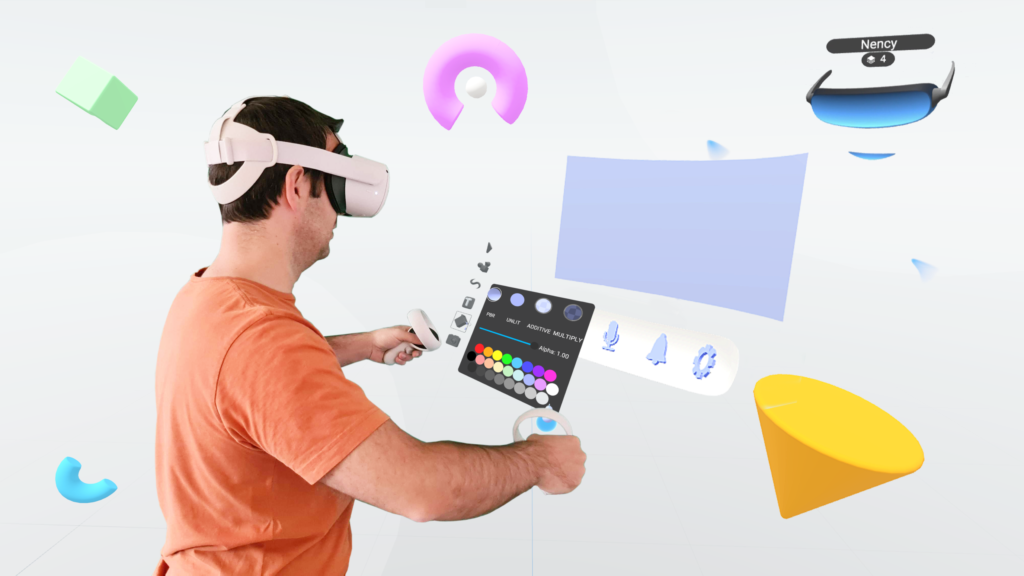
Step 6: Build the VR World
Start building the virtual world of your game, including 3D models, textures, and animations. Ensure that your assets are optimized for VR performance. Pay attention to lighting and shading to enhance immersion.
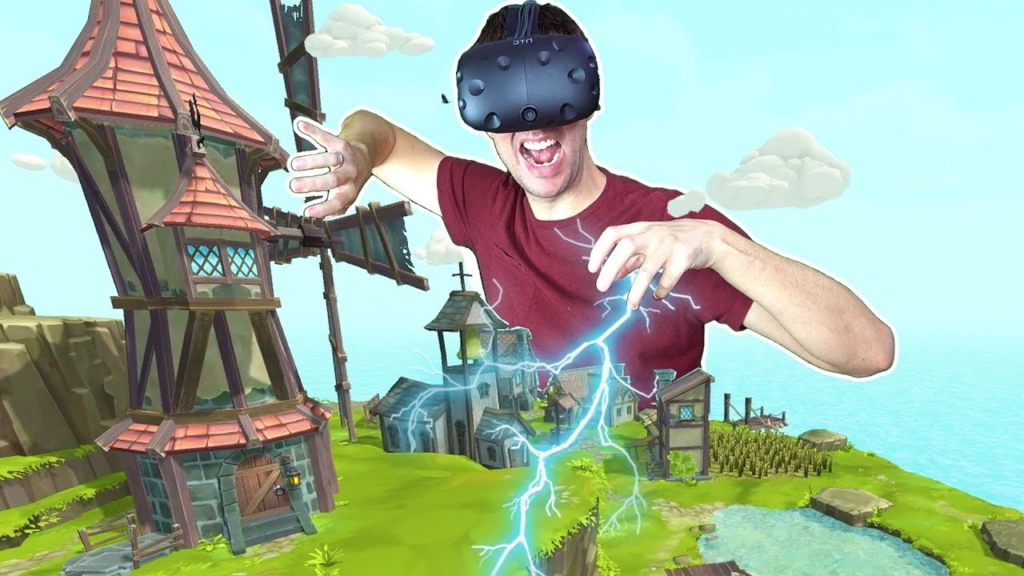
Step 7: Implement VR Interaction
Incorporate VR interaction elements, such as hand tracking and controller support. Test and refine these interactions to ensure they feel natural and responsive.

Step 8: Test and Iterate
Testing is a critical phase in VR game development. Continuously playtest your game, gather feedback, and make necessary improvements. Test on multiple VR platforms to ensure compatibility.
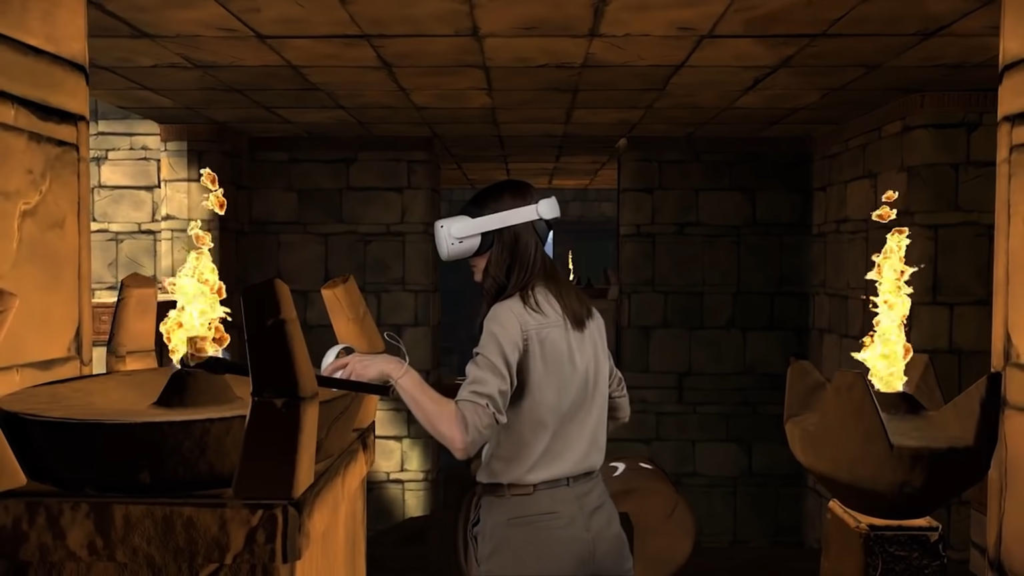
Step 9: Optimize for Performance
VR games require high performance to maintain a smooth and immersive experience. Optimize your game by reducing unnecessary rendering and using techniques like Level of Detail (LOD) to maintain frame rates.

Step 10: Polish and Add Details
Polish your game by adding details like particle effects, and animations, and fine-tuning gameplay elements. Pay attention to the overall user experience to ensure it’s both enjoyable and immersive.
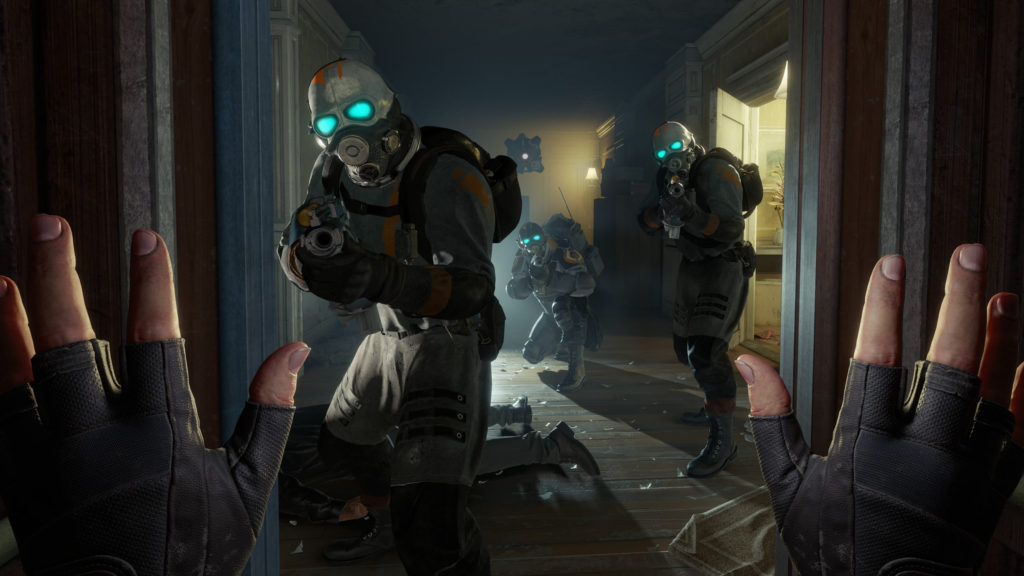
Step 11: Beta Testing and Feedback
Release a beta version of your game to gather feedback from a broader audience. Use player feedback to fix bugs and make improvements.

Step 12: Prepare for Launch
As you approach the launch date, create marketing materials, press releases, and promotional content to build anticipation for your VR game.
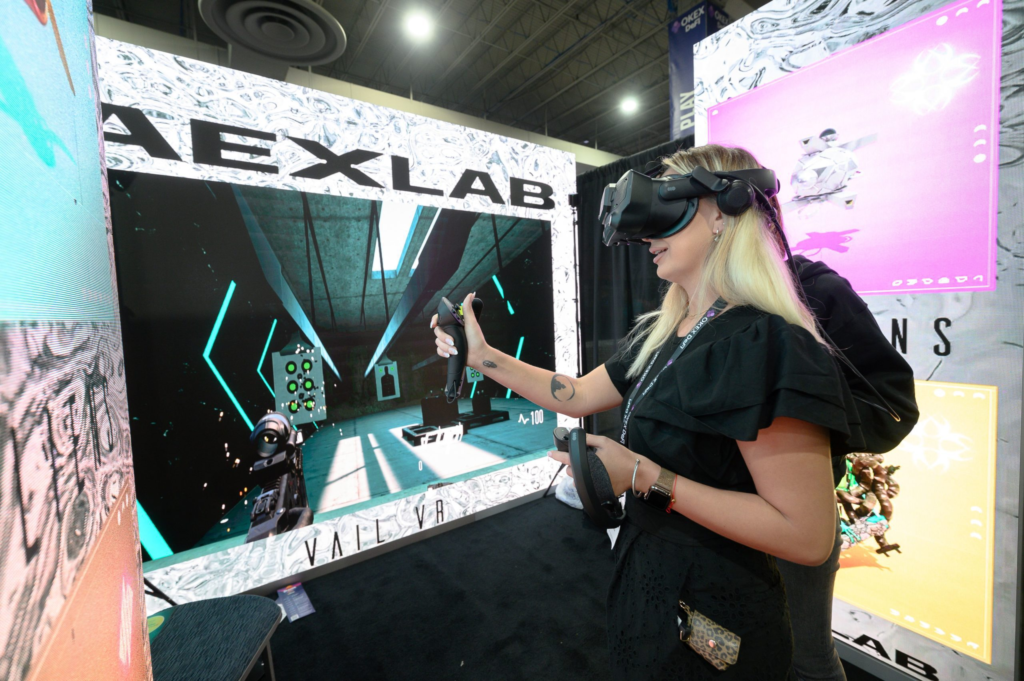
Step 13: Release and Post-Launch Support
Launch your VR game on your chosen platforms and promote it through various channels. After launch, continue to support your game with updates, bug fixes, and additional content to keep players engaged.

Step 14: Gather Analytics and Feedback
Analyze player data and feedback to understand how players are engaging with your game. Use this information to make data-driven decisions for future updates and projects.
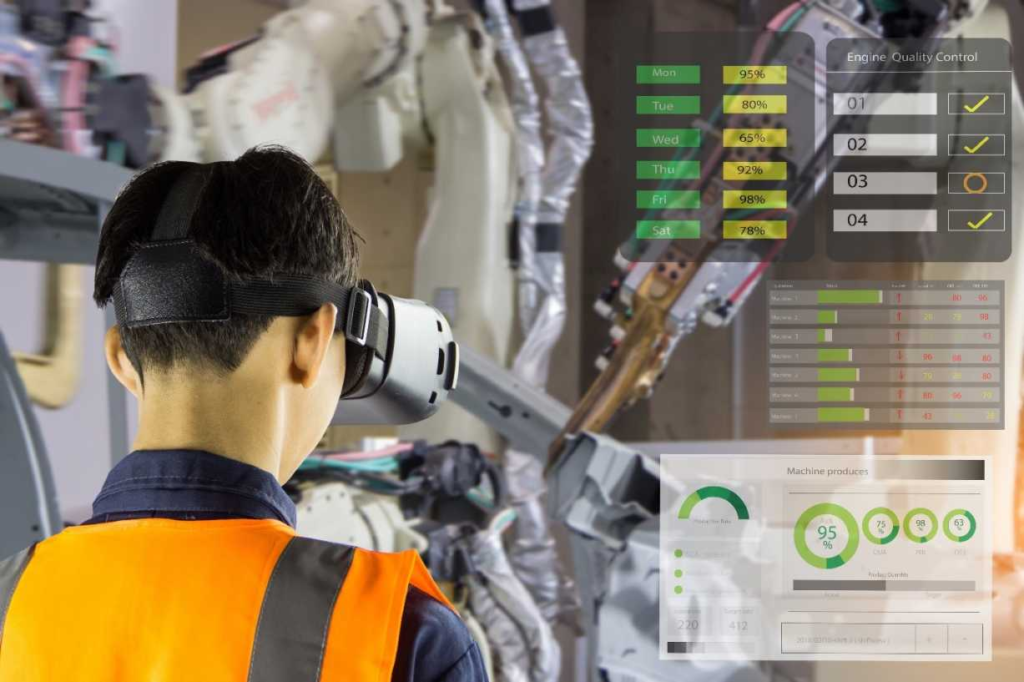
Designing VR games is a challenging yet rewarding endeavor. By following this step-by-step development guide, you can navigate the complexities of VR game development and create immersive experiences that captivate players. Remember that VR technology is continually evolving, so staying updated with the latest trends and innovations is essential to remain competitive in the VR gaming industry. With dedication, creativity, and a passion for VR, you can bring your virtual worlds to life and provide players with unforgettable experiences. Good luck on your VR game development journey!






